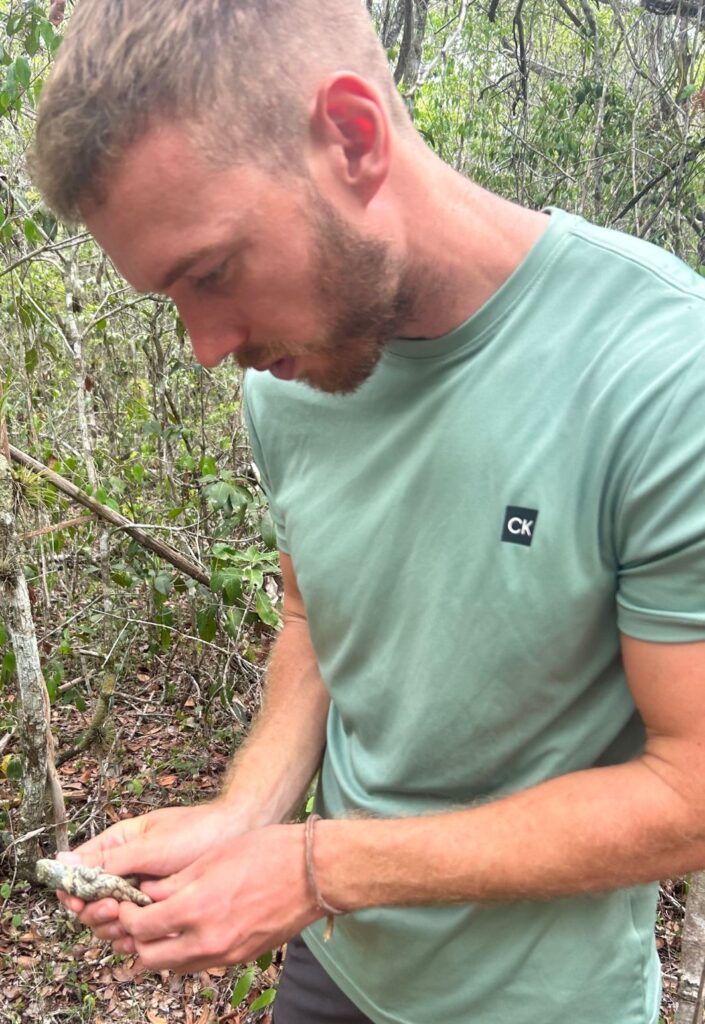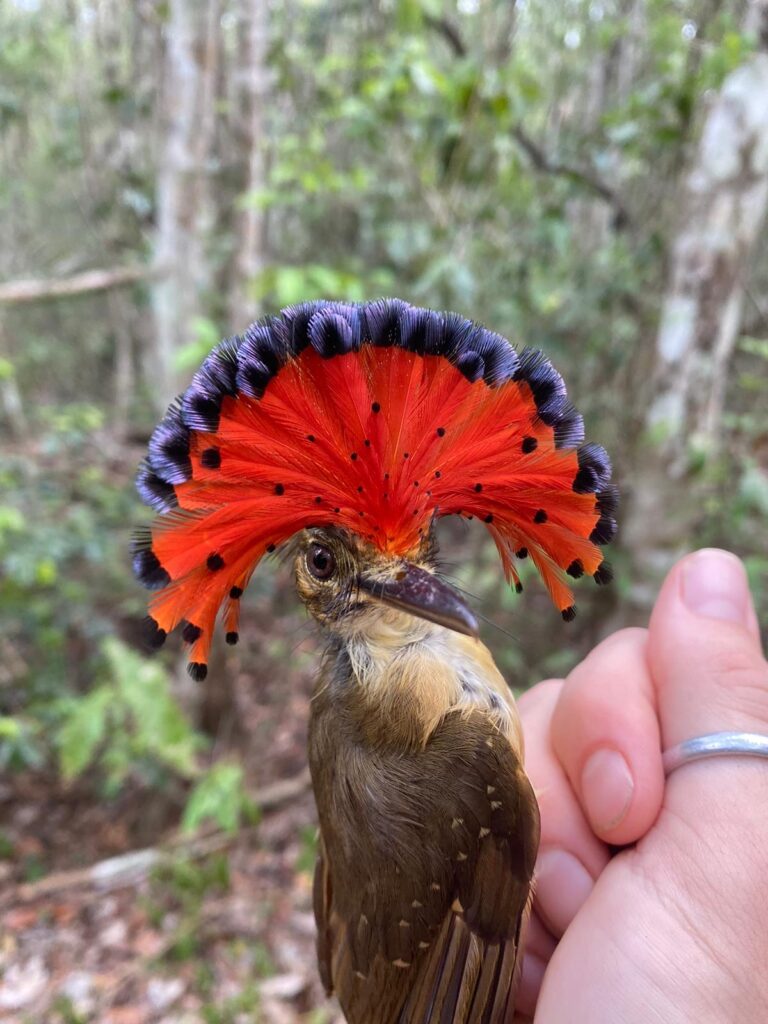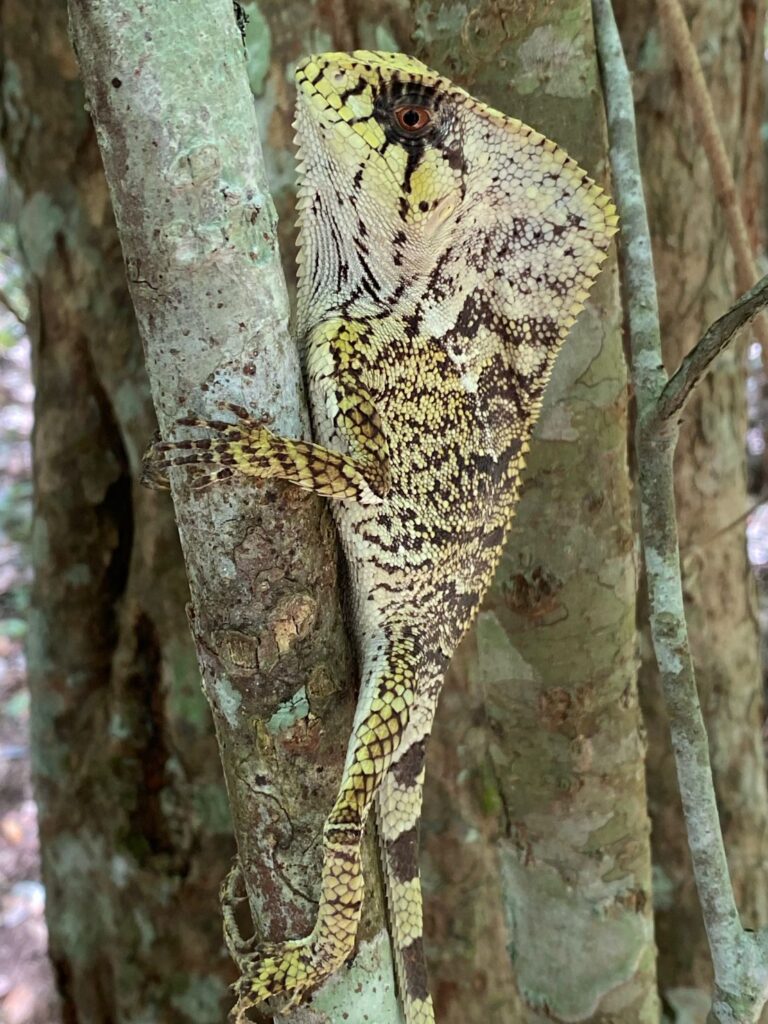Earlier this year, Carl Goldsack, a Consultant Ecologist from our Bristol office, volunteered in Calakmul in southern Mexico as an expedition herpetologist, studying reptiles and amphibians. Volunteering with Operation Wallacea, Carl spent 2 months assessing the region’s herpetofauna habitats.
We caught up with Carl to find out about his time in Mexico and learn why the work of Operation Wallacea is so important:
I love my daily work as an ecologist, supporting so many exciting projects across the UK, but when the opportunity arose to volunteer in Mexico, I jumped at the chance. Operation Wallacea run biodiversity research expeditions all over the world, sourcing data that underpins research papers and informs high-level environmental policy decisions.

Whilst on the expedition, I conducted both morning and evening transect surveys, looking out for herpetofauna (the collective name for reptiles and amphibians). These surveys were part of an ongoing research project in the area which is monitoring the health of the forest ecosystem in relation to anthropogenic disturbance, including agriculture, hunting and general population growth as well as climate change. Herpetofauna are excellent indicators to measure this because they are abundant and diverse, occupy a wide range of habitat niches and are extremely sensitive to changes in their environment.
Due to the impacts of climate change, drought in Calakmul is a major concern for aquatic herpetofauna, so I also conducted timed searches and trapped surveys around lakes, which are a disappearing habitat in the area. The combined results of the transect and aguada (water) surveys provided quantifiable data about the herpetofauna population in the Calakmul Biosphere Reserve.
While out surveying, I saw some amazing wildlife, very different to that I would see on a survey back home in the UK! One morning, I even spotted the fur de lance, the region’s most venomous snake. I also saw a beautiful bird for the first time called the royal flycatcher, which are native to southern Mexico and northern Bolivia. The birds have the most amazing hammerhead crests, which are very rarely fully raised to reveal a spectacular, flame-red fan with violet-blue-black tips. So I was very lucky to get a picture with it on full show.

College and university students also joined the expedition as part of research proposals or to gain some valuable experience in the field. Leading the students as a safari guide required a combination of effective communication, organisation, leadership, adaptability, and problem-solving skills. I needed to convey knowledge about wildlife and ecosystems to the students, coordinating logistics and fostering teamwork, all while navigating unpredictable situations. It was great to be able to work with the next generation of aspiring herpetologists.
Overall, the opportunity allowed me to grow both personally and professionally. The challenges encountered pushed me to expand my understanding and strengthen my skills as a researcher, and the knowledge gained will serve as a solid foundation for my future endeavours in herpetology.

Commenting on Carl’s voluntary expedition, Waterman’s National Ecology Service Lead, Diane Corfe, said: “This was a wonderful opportunity for Carl to further strengthen his skills and knowledge in the ecology field. His exciting voluntary work will help deepen the knowledge of the region’s habitat health, whilst also supporting the early career stages of the next generation of ecologists”.
You can find out more about Operation Wallacea here.
To learn more about the specialist ecology support we can offer for your upcoming schemes, contact Diane Corfe.




